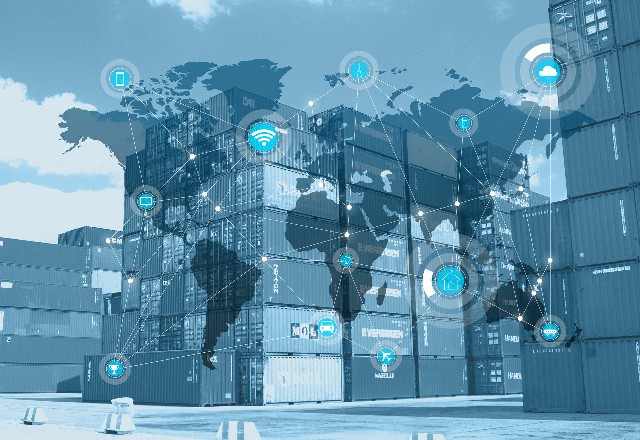Global IT supply chain
International transportation + IT O&M outsourcing + self-owned backbone network
With the rapid development of internet technology, cross-border e-commerce has emerged globally, becoming a significant driver of international trade. Cross-border e-commerce networks differ significantly from standard networks in terms of design and functionality. These differences are primarily reflected in network architecture, security, data transmission speed, and globalized services.

Complex and Refined Network Architecture
The architecture of cross-border e-commerce networks is inherently more complex and refined. Since these networks handle international transactions, they must support multiple languages, currencies, and payment methods. Additionally, they need to comply with various legal regulations, tax policies, and customs procedures across different countries and regions. This necessitates a high degree of flexibility and scalability to adapt to diverse market demands and regulatory changes.
Enhanced Security Requirements
Cross-border e-commerce networks demand higher security standards due to the nature of international transactions. The confidentiality and integrity of data are paramount. These networks must employ advanced encryption technologies and robust security measures to ensure that transaction information is neither leaked nor tampered with. Furthermore, to protect against cyber-attacks and fraudulent activities, cross-border e-commerce networks should be equipped with powerful firewalls and intrusion detection systems, ensuring a safe and stable transaction environment.
Higher Data Transmission Speed
Data transmission speed is another critical requirement for cross-border e-commerce networks. Real-time transmission and processing of transaction information are vital in this field. To enhance user experience, these networks need to optimize data transmission routes, minimize network latency, and ensure the immediacy and accuracy of transaction data. This is often achieved by deploying globally distributed server nodes and utilizing efficient data transmission protocols.
Emphasis on Globalized Services
Cross-border e-commerce networks place a greater emphasis on providing globalized services. To cater to the needs of a global customer base, these networks must offer multilingual support, localized payment methods, and flexible logistics options. Additionally, they need to consider cultural differences and consumer habits in various countries and regions to deliver a more personalized shopping experience.
Conclusion
In summary, cross-border e-commerce networks differ significantly from standard networks in several aspects. They require more complex and refined architecture, higher security standards, faster data transmission speeds, and more globalized services. These characteristics enable cross-border e-commerce networks to better meet the demands of a global market, providing consumers and businesses with a convenient, secure, and efficient trading environment. For more information on network solutions, feel free to consult Ogcloud. We offer customized, cost-effective enterprise networking solutions tailored to your needs!

International transportation + IT O&M outsourcing + self-owned backbone network

Cellular chips + overseas GPS + global acceleration network

Overseas server room nodes + dedicated lines + global acceleration network

Global acceleration network + self-developed patented technology + easy linking

Global Acceleration Network + Global Multi-Node + Cloud Network Integration


